The Ripple Effect
-News and Commentary-
Public Schools, Private Profits: Who’s Really Getting Helped by Education Reform
- Home
- News and Commentary
- Public Schools, Private Profits: Who’s Really Getting Helped by Education Reform

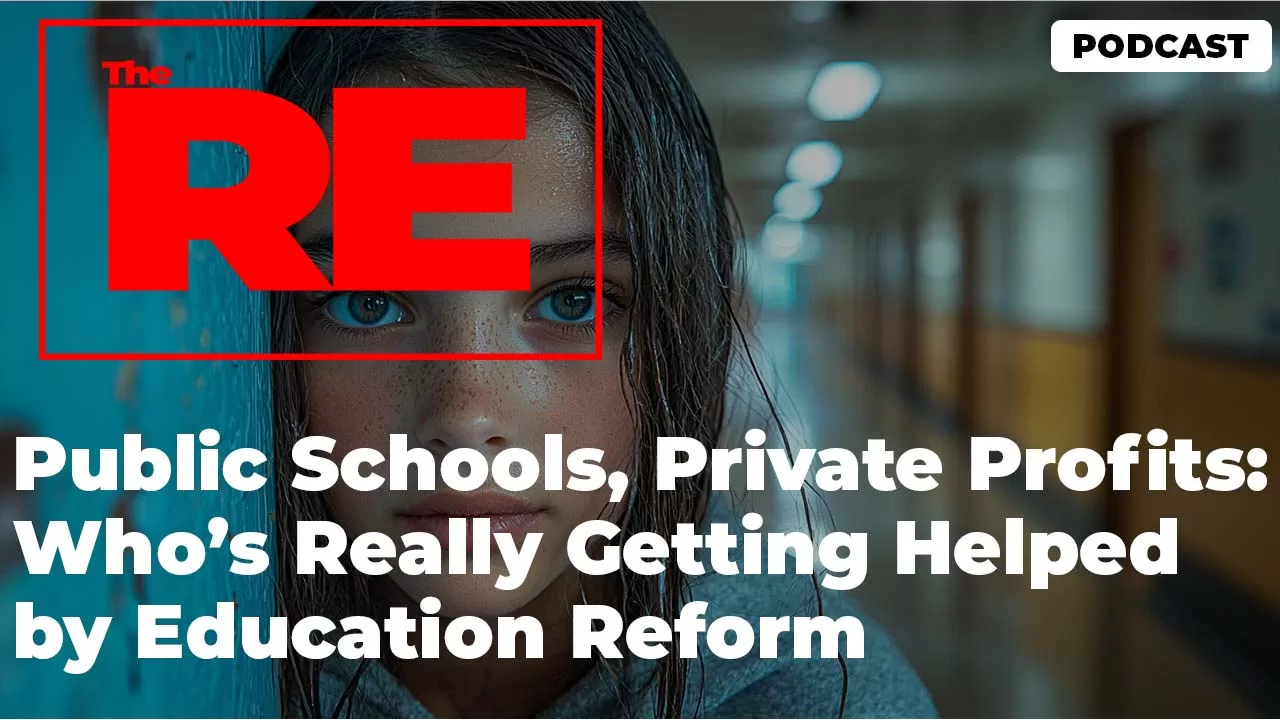
We’ve been fed the same story for decades. That public schools are failing. That test scores are down. That kids are not learning what they should. That the system is too bloated, too unionized, too broken to fix from the inside. And somewhere in that chaos, a solution shows up. Not from inside the classroom, but from a boardroom. From a vendor. From a consultant. From a tech company.
You hear it in buzzwords. “School choice.” “Education reform.” “Learning acceleration.” “Data-driven outcomes.” Sounds good, right? But follow the funding, and you will see what this really is. A coordinated, slow burn privatization of public education. And the worst part? They are not even trying to hide it anymore. This is not a conspiracy theory. It is an industry. The failure of public schools has been turned into a profit opportunity.
Here is how it starts.
Step one. Convince the public that schools are broken beyond repair. Push stories about failing test scores, unsafe campuses, overcrowded classrooms, and underqualified teachers. Cherry-pick bad stats. Highlight underperforming districts. Ignore the real causes like poverty, housing instability, underfunding, and systemic inequality.
Step two. Discredit the people trying to hold the system together—teachers, administrators, and local school boards. Paint them as lazy. Call them union thugs. Label them as government workers instead of public servants. Turn them into villains, so when they push back, it looks like they are just protecting themselves.
Then comes step three. Open the door for private actors to “help.” Enter the charter schools. The ed tech companies. The testing giants. The curriculum vendors. The consultants. The venture-backed apps. The nonprofits acting like for-profits. And the billionaires who suddenly care about fourth grade reading scores in cities they have never stepped foot in.
Now you have a school system being hollowed out from the inside. Not destroyed. Monetized.
Because when schools are underfunded, when teachers are exhausted, when students are unsupported, when parents are frustrated, people start looking for alternatives. And right on cue, here come the “solutions.” Private tutoring with exclusive software. “Public” charters with no transparency. Test packages that cost millions and measure nothing. Data-hungry platforms disguised as personalized learning. Consultants charging six figures to explain how to use Google Docs.
This is not fixing education. This is flipping it into a marketplace.
And it is happening quietly. Because the sales pitch sounds safe. These companies do not say they are replacing schools. They say they are partnering. Supporting. Enhancing. But follow the money, and the shift becomes clear. Decisions are no longer made by elected school boards, but by private boards. Not by educators, but by executives. Not by parents, but by stakeholders.
And still, outcomes do not improve. In many cases, they get worse. But the companies still get paid. Because those contracts are not based on improvement. They are based on deliverables. Logins. Compliance. Usage stats. Meanwhile, students continue to struggle, and teachers are sitting through another mandatory training led by someone who has never taught a day in their life.
This is not a glitch. It is the business model.
What makes it dangerous is how politically convenient it is. Privatizing schools does not require gutting any major law. There is no single vote to fight. You just let public education bleed out. Underfund it. Overregulate it. Point to the mess. Then hand off the pieces to private vendors and call it “reform.”
It is death by a thousand cuts, wrapped in good intentions.
And for the communities hit hardest—Black, brown, poor, immigrant—there is no safety net. When the local school closes or gets converted, when the buses stop running, when the new digital-first curriculum assumes every home has WiFi, when the support staff disappears and the counselor is split between five schools, what choice is really left?
They are told, “You have options now.” But those options come with strings. With profits. With private boards that can deny enrollment with no explanation. With contracts that move public dollars to companies that answer to investors, not students.
So yes, the system is broken. But the bigger problem is that people are making money off the breakage. And the longer we let that go unchallenged, the harder it will be to fix.

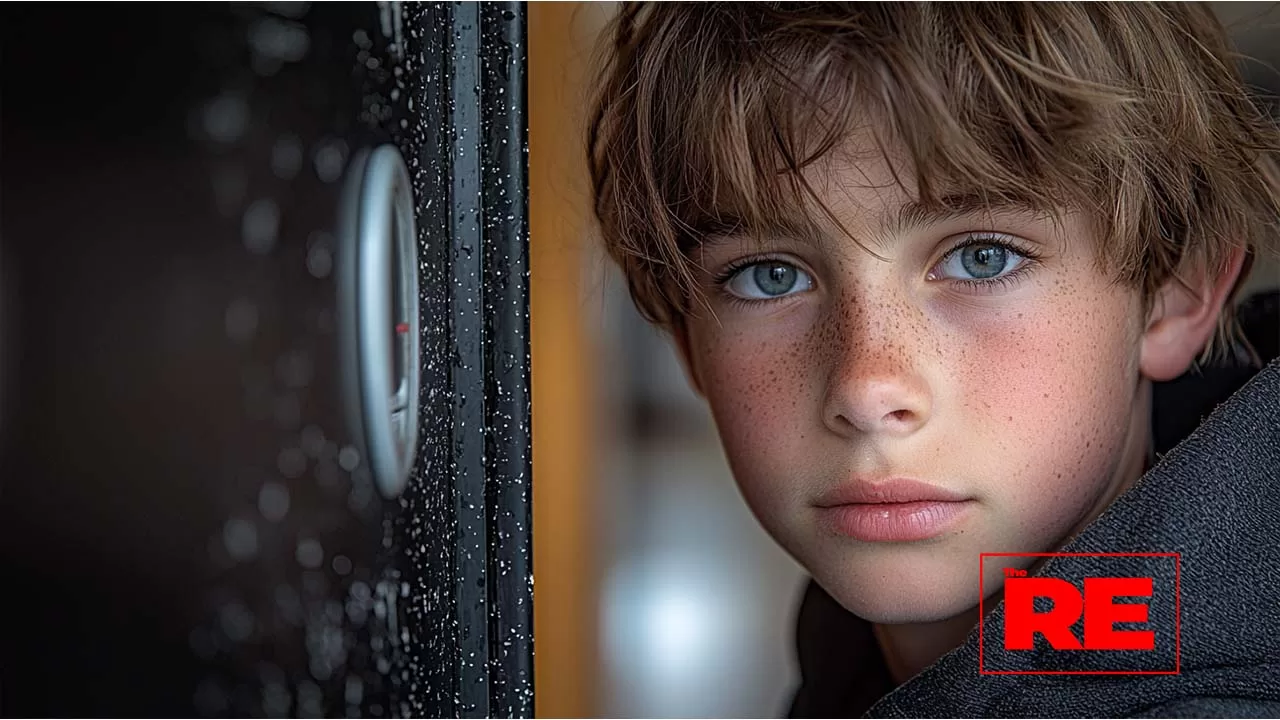
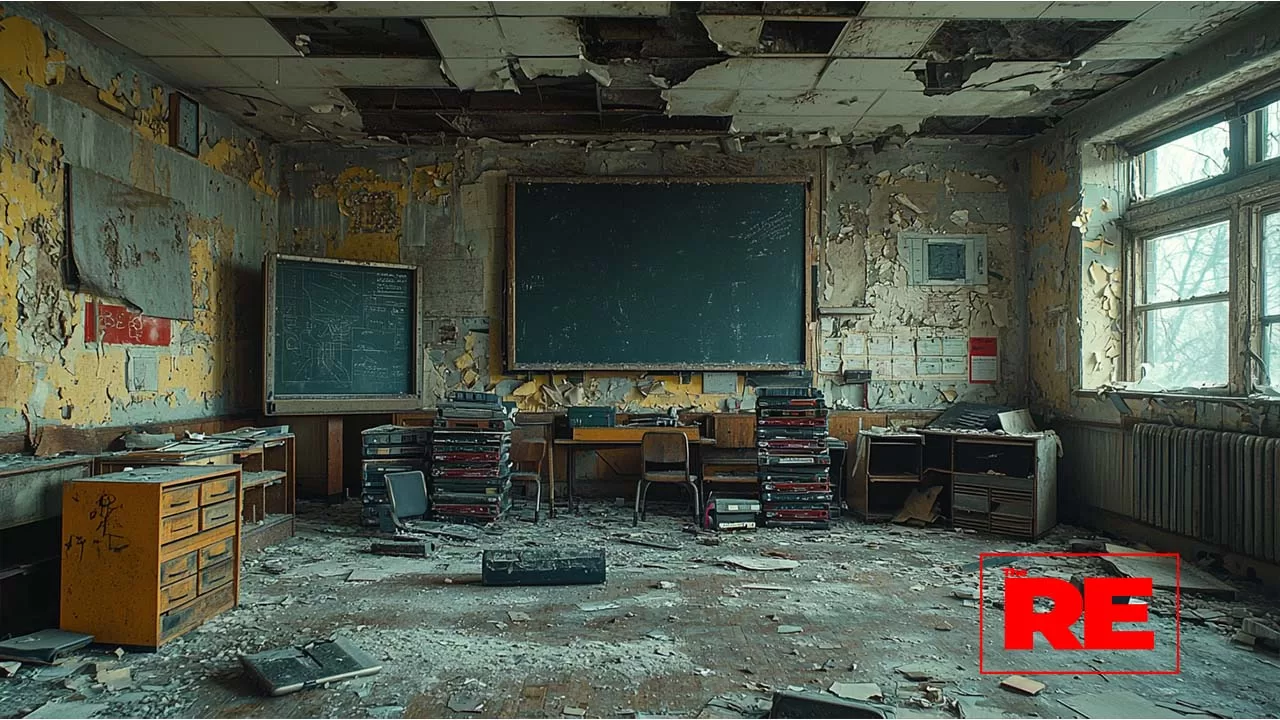
You want to know how this game really works? Follow the contracts. Behind every public school labeled as failing, there is a paper trail. Money flowing not into classrooms, but out of districts and into the hands of companies that figured out how to sell solutions for problems they helped create or never planned to solve. Let’s start with charter schools, the golden child of education reform. Touted as flexible and innovative alternatives to traditional public schools, charters bring in billions in public dollars every year. But they are not held to the same transparency standards. They can deny students, under-enroll special education, push out students labeled as “problems,” and still collect funding based on headcount.
And here is the kicker. Many of them are run by Charter Management Organizations, private entities that charge the schools for back-office support, curriculum, and administrative services. That is a polite way of saying they get paid twice. Public funds go to the charter. The charter pays the management group. That group is often owned by the same people who lobbied for more charters in the first place. And you wonder why the system feels rigged? Let’s keep going. Standardized testing companies like Pearson, McGraw-Hill, ETS, and Cambium make billions selling assessments, prep materials, data dashboards, and scoring services. Some of them even sell the curriculum being tested. That is like a casino printing its own slot machines and making the payout rules.
In 2023, states spent over one point seven billion dollars on standardized assessments. And the results? Still showing inequity. Still reinforcing racial and income-based gaps. But the contracts keep coming. Because testing is not about gaining insight. It is about accountability optics—a number politicians can point to and vendors can build products around. Meanwhile, students are reduced to data points. Teachers are told to teach to the test using approved tools sold by the same companies. Now let’s talk ed tech. This space exploded during COVID when Zoom classrooms and Chromebook rollouts became survival. But even after schools reopened, the tech stayed. And so did the money.
Platforms like Khan Academy, iReady, ClassDojo, Clever, Lexia, Amplify, and Edgenuity all pitch adaptive learning, AI personalization, and engagement tools. Some of them deliver. Most of them collect massive amounts of student data under the radar. Districts sign multi-year deals with minimal oversight. Teachers are told to integrate the tech without proper training. Students log in, click through modules, and call it learning. It is digital babysitting wrapped in a user interface. But you know who is thriving? The startups backed by venture capital firms betting on education like it is the next rideshare market. In 2024 alone, over eight billion dollars in private investment went into K-12 ed tech. The goal is not better learning. The goal is market share.
And do not forget the consultants. This is a whole other hustle. You have firms charging six-figure retainers to assess school climate, conduct equity audits, or implement new behavioral frameworks. They run professional development workshops that teachers never asked for, based on research that does not align with the realities of the classroom, using frameworks that ultimately justify spending more money on—again—outside vendors.
These consultants often come with revolving door résumés. Former Department of Education staff. Ex-superintendents. Corporate executives. They are not building schools. They are building contracts. And here is where it gets truly sick. Many of the schools being rescued by all this private sector brilliance were under-resourced by design. That is the setup. You defund a district. You underpay the staff. You let the buildings fall apart. Then you declare the school a failure and bring in the fixers.
Now the same public funds that should have gone to counselors, librarians, arts programs, building repairs, and teacher raises are lining the pockets of entities that have no skin in the game. Let’s zoom in. Take New Orleans post-Katrina. The entire public school system was dismantled and replaced with a near-total charter model. Who benefited? Not the families who were displaced. Not the veteran Black teachers who were fired en masse. The winners were the charter management companies, the real estate developers, and the data firms that turned schools into reform labs.
Now fast forward to cities like Philadelphia, Chicago, Detroit, and Oakland. You will find the same playbook: disinvestment, test-based failure labels, school closures, charter expansion, technology contracts, consulting fees, and shrinking public accountability.
And the outcomes? Mixed at best. In many cases, test scores remained flat, graduation rates stagnated, and inequality deepened. But that did not stop the checks from coming.
Because remember—these contracts are not tied to real results. They are tied to delivery. If a company rolls out software on time and hosts a webinar, the contract is fulfilled. If test scores tank, that is not their problem. If schools close, it is unfortunate. If families complain, it is complicated. Meanwhile, the next round of funding gets released and the cycle repeats.
The system is designed to look like reform while guaranteeing very little changes—except who is getting paid.
And here is the slickest part. A lot of this is legal. In fact, much of it is encouraged through state policy and federal grant incentives. Because when education is treated like a marketplace, the assumption becomes that more choice automatically equals better quality. But that only works if every choice is equally supported. And that is not happening.
The public school down the street has to prove itself every year while operating on crumbs. The charter across town gets a grant to build a new gym and still has the ability to turn away students who do not “fit the model.” The ed tech platform that replaced two teachers gets highlighted in a district newsletter as innovation. And the student who needs stability? The one with learning challenges? The kid who just needs a consistent adult to show up and care? They are left clicking through screens while someone on a Zoom call counts their login as a win.
So no, it is not that education is broken and the private sector is coming in to fix it. It is that education was defunded until it broke. And now it is being sold off piece by piece to the highest bidder.
If we keep letting that happen, the only public thing left in public education will be the word painted on the building.
Let’s cut through the branding.
If any of these companies, lobbyists, or politicians really cared about education—if it was actually about the kids—they would be fighting for more funding, not more contracts. They would be fighting for more counselors. More librarians. Smaller class sizes. Clean buildings. Music, art, food that does not come out of a plastic bag. They would not be selling solutions from the outside while the inside collapses.
Because here is the truth. Public education does not need reform. It needs investment.
And not the kind that comes with a five-year software license and an auto-renew clause. It needs people. It needs trust. It needs time. It needs to be left alone long enough to breathe, stabilize, and rebuild from the inside out—with the folks who actually live this every day: the teachers, the aides, the principals, the students, and the families.
But that is not sexy. That does not make shareholders money. That does not create IPO buzz or land a Forbes profile. So instead, we get innovation. But let’s be real. There is nothing innovative about selling bandages to people you helped bleed.
We are watching the slow replacement of community-centered education with a franchised model. And it is happening because the people making the decisions do not send their kids to public schools. They do not teach in them. They do not walk through metal detectors in the morning or see what it is like to share one nurse with five buildings. They do not understand what happens when your school shuts down and now you have to take two buses to the nearest charter—one that might not even let you in if your IEP is too complicated.
This is not about helping. This is about control. Control over curriculum. Control over discipline. Control over who gets in and who gets left behind.
And once you control education, you control the next generation’s view of what is normal. You control what they learn about labor. About race. About gender. About power. About their own history. You do not just privatize education. You privatize truth.
And that is the long game.
Because education is not just a service. It is a mirror. It reflects what we value. Who we invest in. What kind of future we believe is worth building. And right now, what it reflects is this: we are more comfortable commodifying failure than facing it. We are more willing to gamble on apps and testing firms than trust the people who have been showing up for these kids for decades. We will cut the budget, blame the staff, and hand over the keys—then wonder why nothing changes.
But here is what they do not count on. People are paying attention. Teachers are organizing. Parents are asking hard questions. Communities are fighting for control of their own schools. People are realizing that school choice often means less choice if you do not fit the mold. People are starting to see that the real fix is not in a software update—it is in reclaiming the public in public education.
That means rejecting the narrative that outsourcing is the only path forward. It means demanding transparency—not just from school districts, but from every company taking tax dollars under the banner of student success. It means asking why a teacher making fifty-two thousand a year is sitting through a workshop led by a consultant charging twenty-five thousand for a PowerPoint. It means organizing around policies that restore funding, not redirect it upward.
Because if we don’t—if we keep letting this slide—the public system will hollow out until all that is left is liability. And when the money dries up, the vendors will vanish. And the communities left behind will be blamed for not doing more with the scraps.
We have seen this story before. In healthcare. In housing. In transit.
Now it is playing out in education.
And unless we break the cycle, fixing schools will just be the next hustle.
So let’s ask the real question.
Who benefits from a system that stays broken?
Because it sure as hell is not the students.
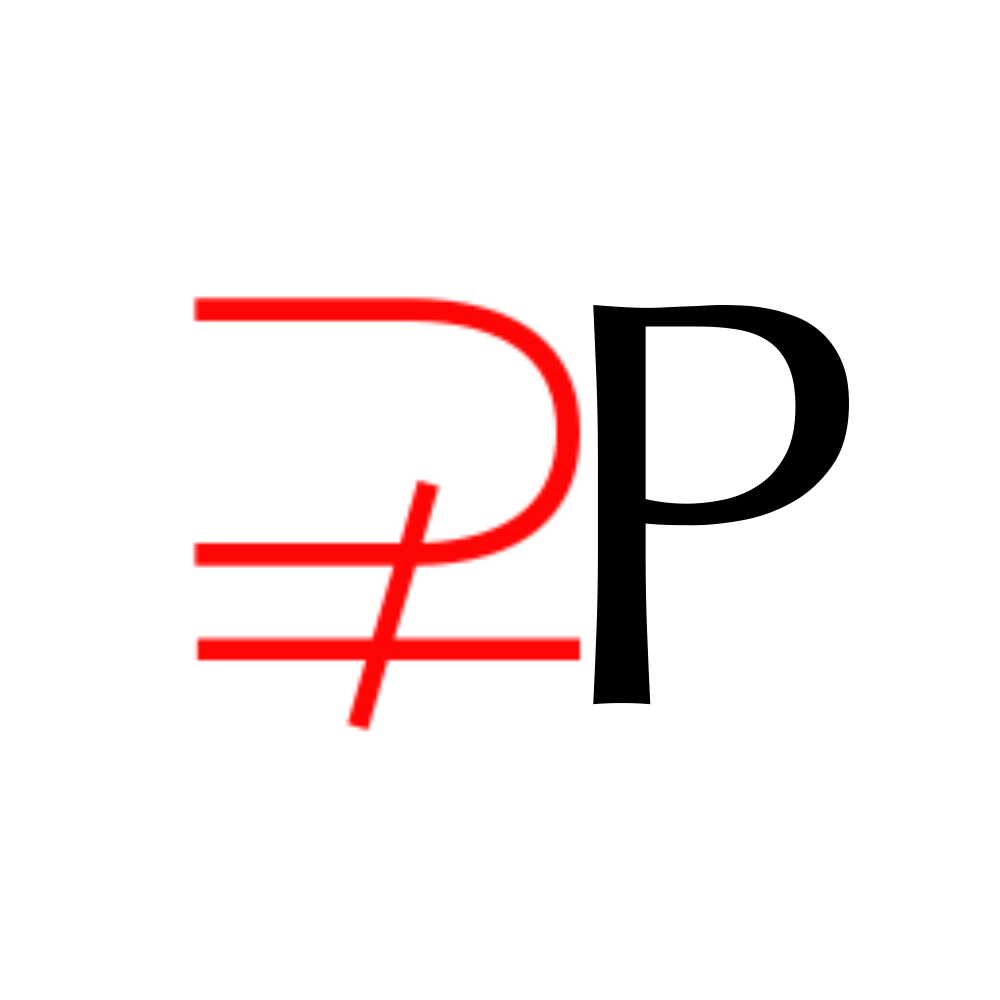
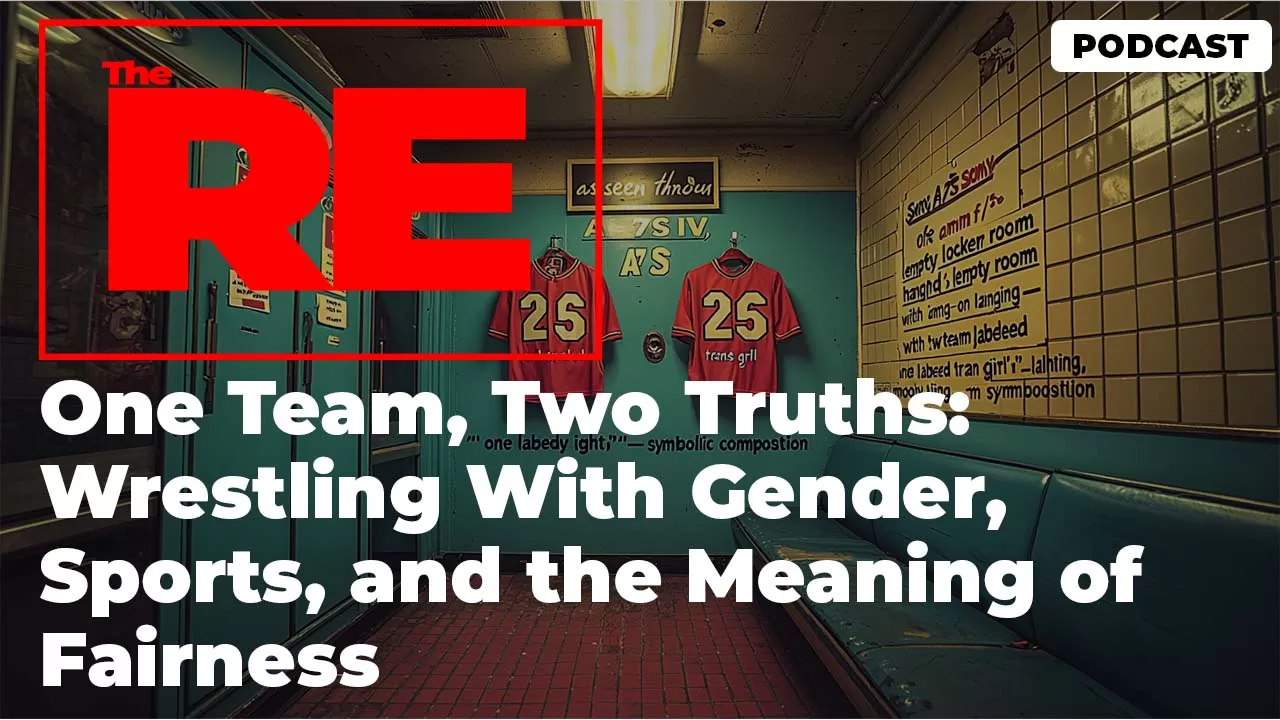



 and then
and then